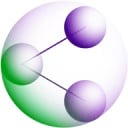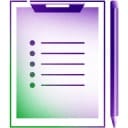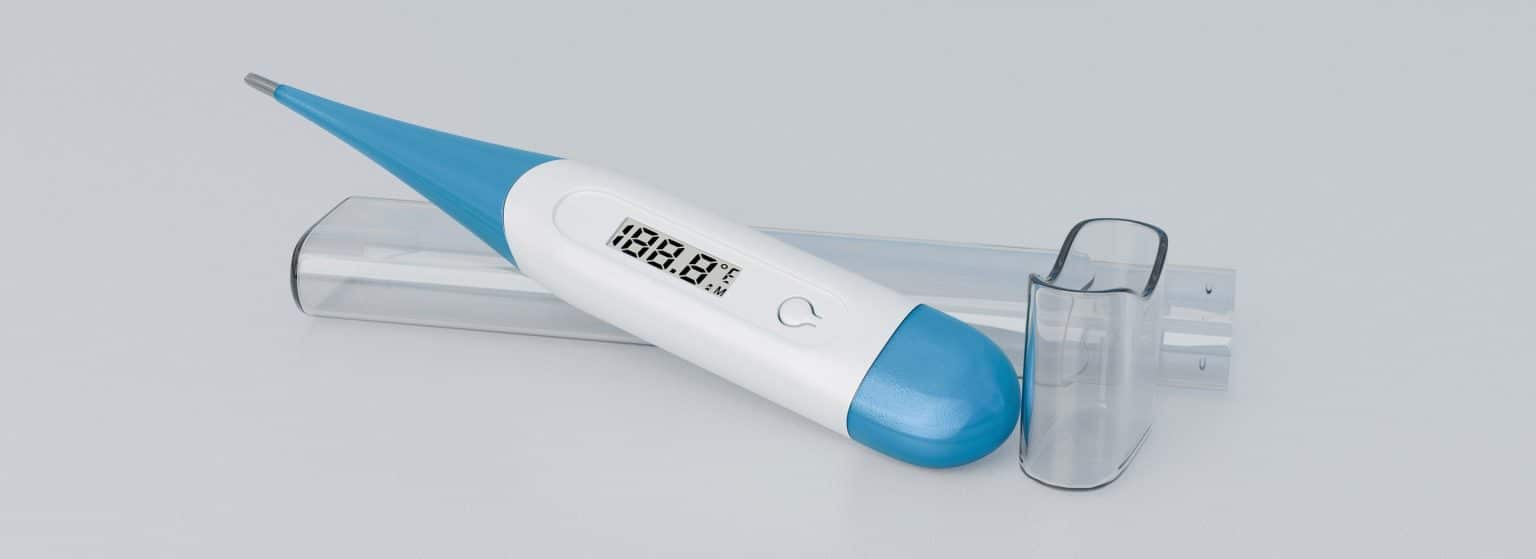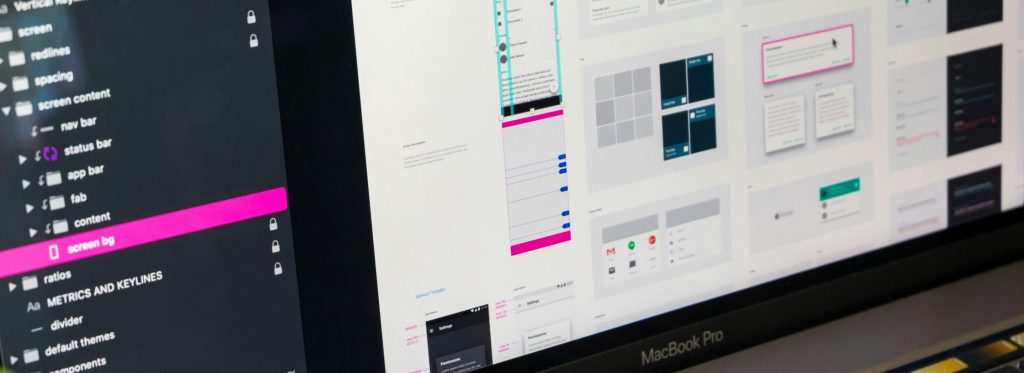Usability Testing Services for Applications – From User Flows to Features
Launch software with confidence. Our UX testing services reveal real issues and provide clear, actionable fixes.
Scope of Our Usability Testing Services
Our usability testing offering spans multiple formats and levels of evaluation, each designed for different SDLC stages and testing goals.
This format is valuable during early design phases of an application or just before a new release. A facilitator guides users through critical workflows, such as onboarding, task execution, or navigation, while observing where friction occurs. Findings are delivered as recordings, transcripts, and expert insights that can be acted on quickly.
For fast validation at scale, unmoderated sessions allow a larger pool of users to perform predefined tasks inside the live application or staging environment on their own devices. This approach is ideal for testing software updates, new modules, or user flows in real conditions. Results include task completion rates, activity logs, and trend analysis.
Before releasing new applications or major updates, beta usability testing helps verify readiness. Evaluators use near-final builds to complete everyday tasks, such as configuring settings, managing data, or collaborating within the app. We benchmark performance, identify blockers, and provide launch recommendations.
Even in the early stages of software development, interactive prototypes can be tested to validate navigation, workflows, and user expectations. By observing users common scenarios, we highlight areas where the design may cause confusion. These quick-turnaround studies allow builders to refine designs before development begins.
When speed or budget makes user recruitment impractical, our specialists conduct a heuristic evaluation of the software interface. Using established usability principles, we identify UI and UX issues that could hinder acceptance or efficiency. The review results in a structured, severity-ranked report with implementable remedies.
What Is Usability Testing?
Usability testing is the process of evaluating how real people interact with your software or application. Instead of relying on assumptions, it provides direct evidence of where users succeed, struggle, or abandon tasks.
The purpose is to understand the reasons behind interaction flows. So user Interaction testing helps ensure that features are intuitive, navigation is clear, and the overall experience meets user expectations before software release or during updates.
Who Our Usability Testing Is Designed For
Companies build software to win customers, support employees, or open new markets. Usability testing helps them make those applications practical, productive, and reliable for the people who use them.
Our Case Studies
Each example comes from Romexsoft’s own projects, showing how our usability testing methods deliver insights and measurable improvements in real software.
Why Choose Us
We test mission-critical SaaS platforms, enterprise solutions, and large-scale websites. Our experts know how to design and run tests that reflect real user behavior, revealing how applications perform when people rely on them in real-world conditions.
As an AWS-certified partner, we combine UX testing with deep knowledge of cloud-native applications and toolkit. This allows us to account for the unique challenges of architectures, infrastructure, and integrations typical for cloud-based software.
We provide experienced engineers who integrate smoothly into your project and its workflows, whether you’re preparing for a major release, broadening coverage across products, or handling a spike in workload.
Launch Software Users Love From Day One
Talk to our usability testing professionals to observe authentic usage patterns, detect points of confusion, and deliver definitive fixes that make your app release-ready.
Why Usability Testing Matters for Applications
At Romexsoft, we’ve seen how even small interface adjustments validated through testing can unlock measurable improvements in adoption and user satisfaction across complex software.
Our Collaboration Models
We offer two ways to engage with our testing services, depending on whether you depend on a partner to run testing as an ongoing function or additional testers to boost your in-house QA capacity.
Team
Augmentation
Our Usability Testing Process
Structured evaluation eliminates guesswork, turning scattered observations into reliable insights your team can act on. At Romexsoft, we use a straightforward five-step approach that ensures reliable findings and actionable results.
We start by clarifying what you want to learn – whether it’s validating a new feature, checking onboarding flows, or benchmarking an existing app.
Together we create realistic user tasks (e.g., signing up, completing a transaction) and agree on what counts as success or failure.
Our quality engineers complete tasks while we observe, capture recordings, and take structured notes. Sessions can be remote or moderated depending on agreement.
Findings are organized by severity, supported with evidence like video clips or transcripts, so issues are clear and undeniable.
You receive a report that ranks issues by impact and effort, plus a plan for re-testing improvements to confirm they’re resolved.
Frequently Asked Questions
Traditional software testing focuses on verifying functionality, performance, and security, ensuring that a system works as intended from a technical standpoint. Usability testing examines how well actual users can navigate and complete tasks. It complements functional testing by addressing the human side of software excellence.
No. Usual software testing services focus on functionality, performance, and security, making sure the system works as intended from a technical standpoint. Application usability evaluation is a separate service because it looks at a different dimension: how real users interact with the software, how easily they complete tasks, and where they experience friction. At Romexsoft, we offer usability evaluation alongside traditional QA so you can cover both the technical and human aspects of software quality.
This type of application testing is valuable throughout the development lifecycle. Early-stage testing on prototypes or wireframes helps refine design before development. Later-stage testing on staging or beta versions validates that workflows are smooth before launch. Many teams also run ongoing tests to monitor usability across updates.
The duration depends on the scope and complexity of your software. A focused testing of a single workflow or feature can be completed in a few days, while testing an entire application with multiple scenarios usually takes one to two weeks. At Romexsoft, we adapt timelines to your development cycle: from quick tests before a release to more in-depth evaluations during product discovery or redesign phases.
Explore our expert insights on software usability testing to see how validating user experience improves task success, reduces friction in critical workflows, and strengthens confidence in your application before release.















